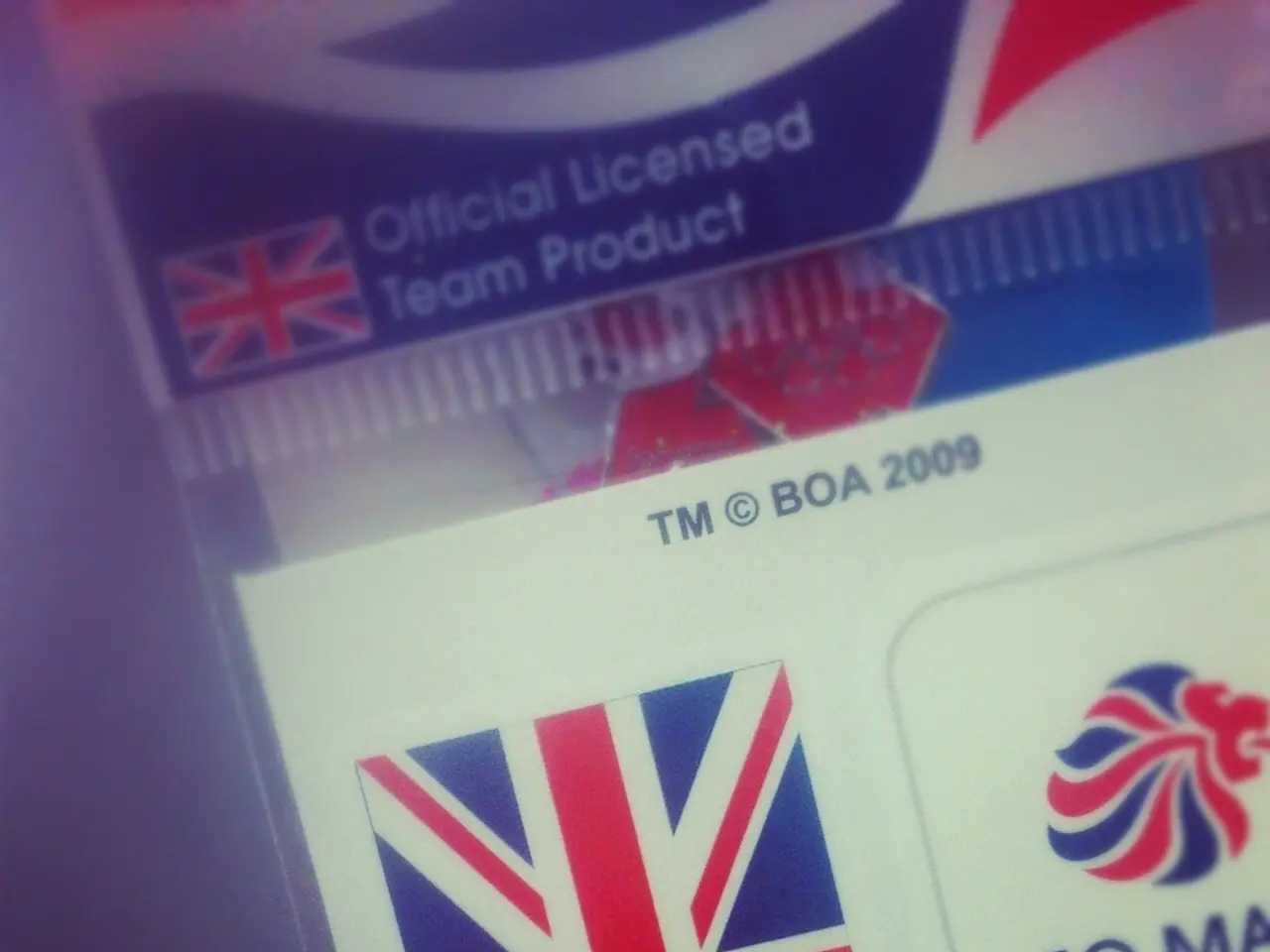Thai Airways Takes Flight: Successful Exit from Business Rescue Plan Signals a New Dawn
Thai Airways Exits Rehabilitation, Board Gathers for a New Chapter
Thai Airways International Plc (THAI) has officially exited its court-supervised business rehabilitation plan on June 16, 2025, marking a significant milestone in its remarkable financial recovery and organizational transformation [3][4]. The airline is now poised for profitability and a return to the stock market.
Thanks to its tireless repayment efforts, THAI settled around 94 billion baht to creditors by the first quarter of 2025, transforming its equity from a staggering negative 140 billion baht before rehabilitation to a positive 55 billion baht [3]. The robust financial health attained during rehabilitation will serve as a solid foundation for sustainable growth moving forward.
The airline's post-rehabilitation strategy focuses on consolidation, growth, and enhancing global competitiveness. Cost control and business model redesign have been crucial components, ensuring long-term sustainability [4].
European Market Expansion
A key part of THAI's strategy involves the expansion of its footprint in Europe. Recent events like "THAI Networking in Milan 2025" demonstrate this commitment, enhancing the airline's presence in key markets, and optimizing sales on routes such as Milan–Bangkok [1]. Future expansion plans include expanding connectivity to other major Italian cities and strengthening partnerships across the travel, tourism, and aviation sectors.
Fleet Modernization and Expansion
Thai Airways aims to increase its fleet from 85 jets to 103 by 2026, rising to 116 by 2027, and eventually reaching 150 aircraft by 2033 [2]. Leased Airbus A321 Neos are set to arrive later this year, with further deliveries of wide-bodies and narrow-bodies planned for 2026 [2].
Return to the Stock Market
The airline's first board meeting post-rehabilitation was convened to discuss its return to the Stock Exchange of Thailand (SET), anticipated by July or August 2025 [3][4].
Strategic Partnerships and Innovation
Thai Airways has forged innovative collaborations with universities and continues to introduce new products and services targeted at both business and leisure travelers [5]. These initiatives are designed to drive sales growth on international routes in the future.
In summary, Thai Airways' strategy post-rehabilitation combines rigorous financial discipline, fleet modernization, network expansion, and strategic partnerships, positioning the airline for sustainable growth in the global aviation market [2][3][1].
- TAGS
- Thai Airways International
- rehabilitation
- Thailand Business
- Airline
- Thai Airways International Plc's newfound financial health has created opportunities for expansion in the international business scene, with a particular focus on growth in the European market.
- As part of its global competitiveness strategy, Thai Airways plans to increase its jet fleet, targeting 150 aircraft by 2033, with the arrival of leased Airbus A321 Neos in late 2025.
- With a robust financial foundation built during rehabilitation, Thai Airways is targeting a return to the stock market by July or August 2025, marking a significant step in its transition towards independence.
- To maintain its competitive edge, Thai Airways has entered strategic partnerships with various sectors, including tourism and aviation, while fostering innovative collaborations with universities to develop new products and services.






